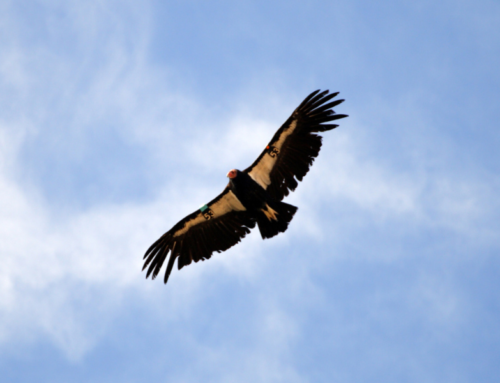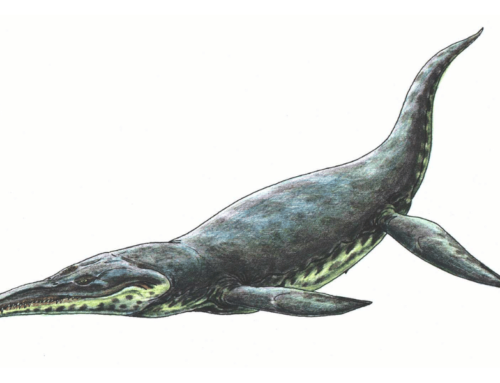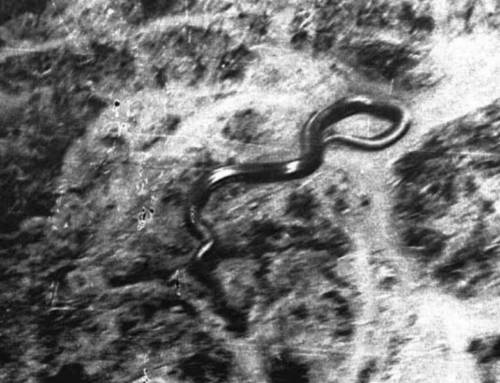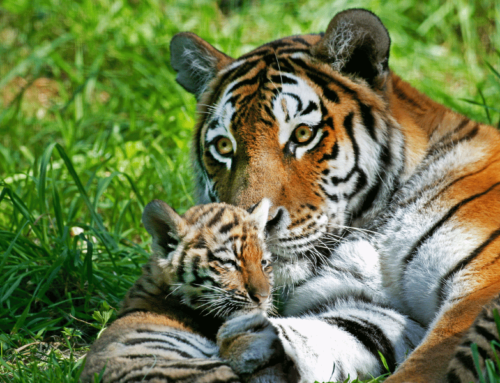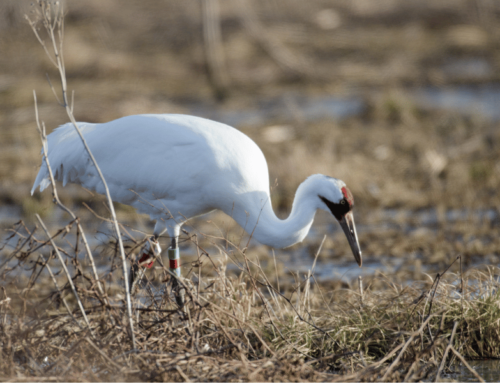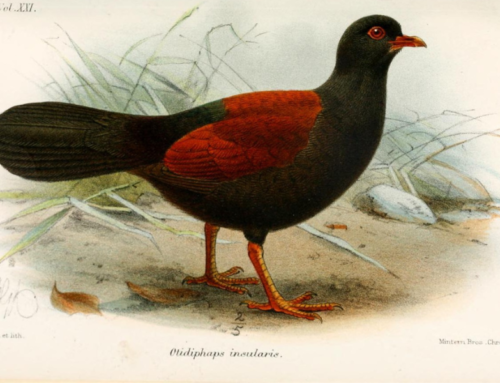
They are the biggest species of toad in the world and there are no signs of their spread being reversed. In Australia and North America, they are likely here to stay.
Interestingly, this new inhabitant seems to be changing in interesting ways.
Earlier this year, an individual cane toad was found that was the largest toad ever recorded. The previous record was held by a pet cane toad that weighed just under 6 pounds. This new toad weighed 6 pounds, making it the new record holder.
How Big are Invasive Cane Toads Getting?
History:
Cane toads were introduced to Australia for the purpose of controlling cane beetles. These beetles were causing significant damage by destroying sugar cane crops. Introducing cane toads was considered a good control method. Cane toads, like most toads, will eat almost anything that are small enough to be consumed, including other cane toads.
In the aftermath of their introduction, the cane toads managed to become another pest. Not only that, but their ability to control cane beetles turned out to be limited.
Cane toads are also poisonous. They possess glands on the sides of their heads that can secret deadly poison when the toads feel threatened. Larger predators that try to eat them will find their toxic deadly. Nothing in Australia has any degree of resistance to this poison. This is one of the reasons that their impact has been so devastating.
Size and Appearance:
Cane Toads are the largest toads. The females get larger than the males, with the biggest ones getting up to 9.4 inches (24 centimeters) in length and can weigh up to 6 pounds. Cane toads, like most toads, have a warty-like appearance to their skin. In color they are made up of different shades of brown.
Click here for a link to a picture of Toadzilla
A Lack of Natural Predators:
Cane toads do not have any natural predators in Australia. This has allowed their population to explode unhindered. Their numbers have risen so quickly and without any natural checks, that these toads have become more cannibalistic than other cane toads. In South America, they’ve been observed eating one another, but not as commonly as the invasive ones in Australia. Since none of them are getting eaten and there is limited food available, the cane toads need to resort to cannibalism to survive.
The cannibalism extends to the cane toad’s tadpole as well. With smaller tadpoles being targeted by the more mature ones.
This natural selection may be part of the reason we ended up with Toadzilla in the first place. With larger toads eating smaller ones, this may have selected for toads being larger overall but fewer in number. It’s not clear right now what the actual cause of this toad’s unusual size.

Toadzilla:
In January 2023, park rangers in Australia found a cane toad that weighed 6 pounds. This makes it likely the largest toad ever recorded. This toad was named “Toadzilla” by those who found it. Considering that this toad exceeds any cane toad found in its natural range in South America, this implies that their introduced environment in Australia may allow these toads to get bigger on average.
This toad was later euthanized, as a toad this big would eat lots of different local wildlife.
Conclusion:
Time will tell what the future of cane toads is in Australia, parts of North America and other parts of the world where they have been introduced. This find may mean that their new environments are conducive to cane toads increasing in size, due to lack of predators and competition. It’s still unclear if this is simply an anomaly or a portent of the cane toad populations becoming bigger.
